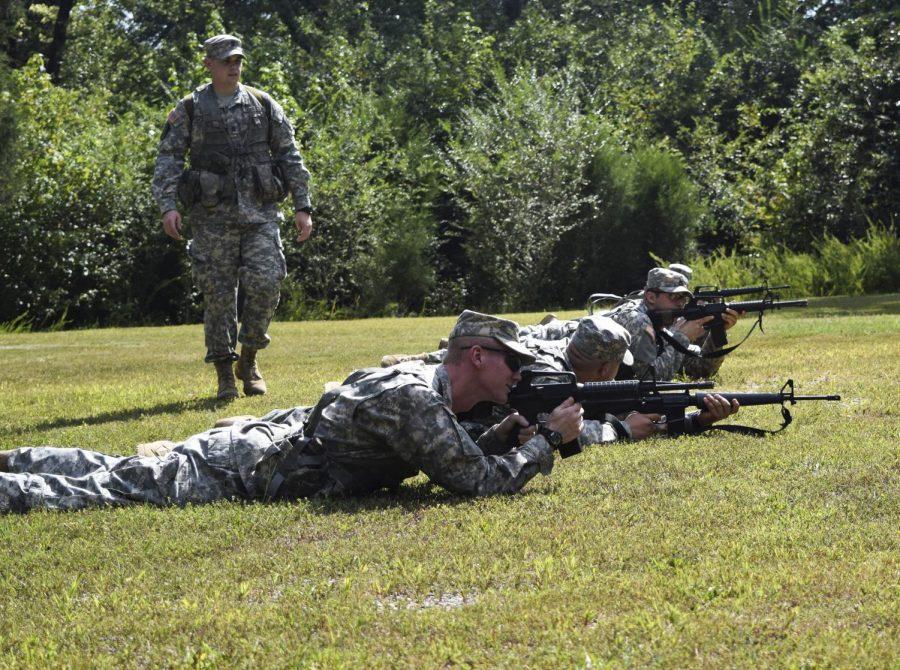ROTC program future looks brighter
September 4, 2014
The future of the Reserve Officer’s Training Corps looks brighter now than it has in the last 10 months, officials said.
The Army announced in October 2013 it would shut down 13 of its 273 programs, including UNA’s. The decision was reversed in November and UNA was placed on probationary status, requiring the program to undergo evaluation.
In April 2014, Lt. Col. Michael Snyder announced his retirement from the Army and his service to UNA ROTC.
The program caught its first break when Major William Pruett was hired in July to lead the program as chair of the department.
“He has a very aggressive recruiting strategy, and it’s very impressive,” said Interim President John Thornell. “I believe he will be able to get us where we need to be.”
The program caught another break when the Army realized programs needed a chance to improve before receiving closure notices.
“A closure announcement made last year was premature, and the Army owns up to that,” Pruett said. “To correct (it), the army has instituted a specific system to help us figure out how we need to go forward in the future.”
Thornell said the Army’s closure announcement also negatively affected the program’s recruiting.
Pruett echoed Thornell’s concerns.
“We have had a lot of people who still think UNA’s program is closing,” Pruett said. “Worst case scenario, we still have a minimum of two years.”
ROTC programs will now be evaluated each year during the summer.
Any decisions made regarding the programs’ status come directly from the Secretary of the Army, Pruett said.
When UNA was evaluated this summer, the Army Secretary deemed the program was running smoothly, Pruett said.
He said the programs are critiqued based on three criteria: academic representation, geographic representation and increasing production.
Academic representation and geographic representation include the program area’s population, growth, whether the institution is in a core market, and whether it is the last program in the state. Increasing production means graduating more cadets as lieutenants each year, he said.
“It is the third criteria that I am focusing all the energy I can focus on,” Pruett said. “And, we have seen in the short time I’ve been here some progress.”
Thornell said his outlook for the program’s future is positive.
“I feel a lot better now than I did,” he said. “That first decision was fairly arbitrary. They were just going around naming programs they could close.”
Pruett said UNA is scheduled for its next review summer 2015.
“We will then receive an influx of resources from the army that could include assistance in recruiting or marketing,” he said. “Then we would be evaluated again in 2016.”
He said the important thing to remember is there is no set time line.
“It’s all just a tentative annual process,” he said. “Each year just means another decision point for the Secretary of the Army.”
He said he does not expect a negative decision from the Army as his “overall outlook is actually positive.”
The annual review process was put in place to assist in reducing the Army’s budget, he said.
“The Army is seeking ways to reduce the financial overhead and trying to figure out how we can accomplish all missions we need to with fewer resources,” he said. “Cadet command is just a small part of all that’s going on, and we have been charged with figuring out how to do what we need to with less resources.”


